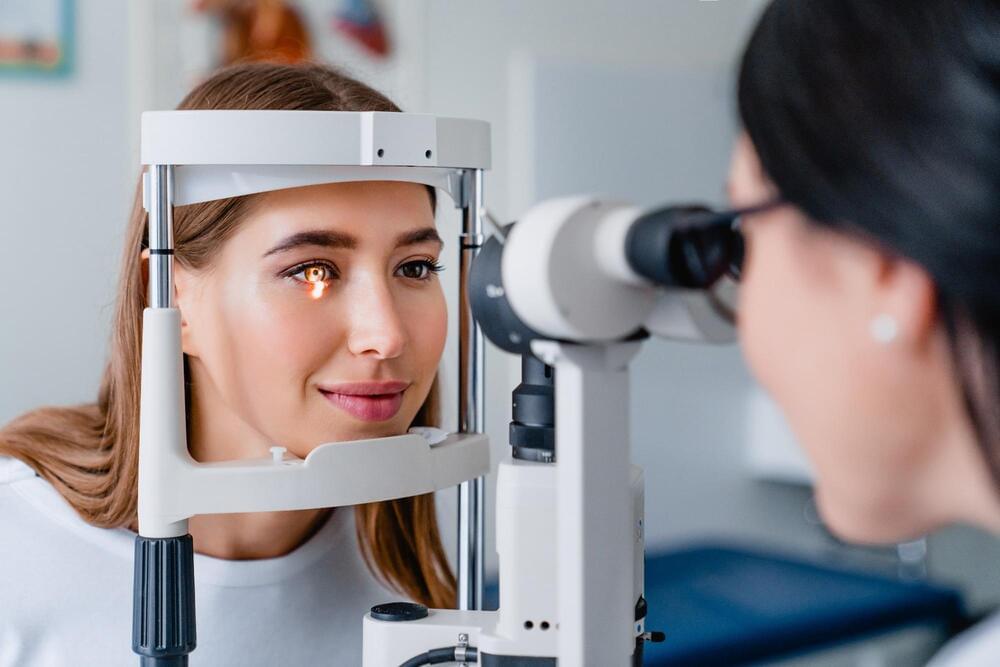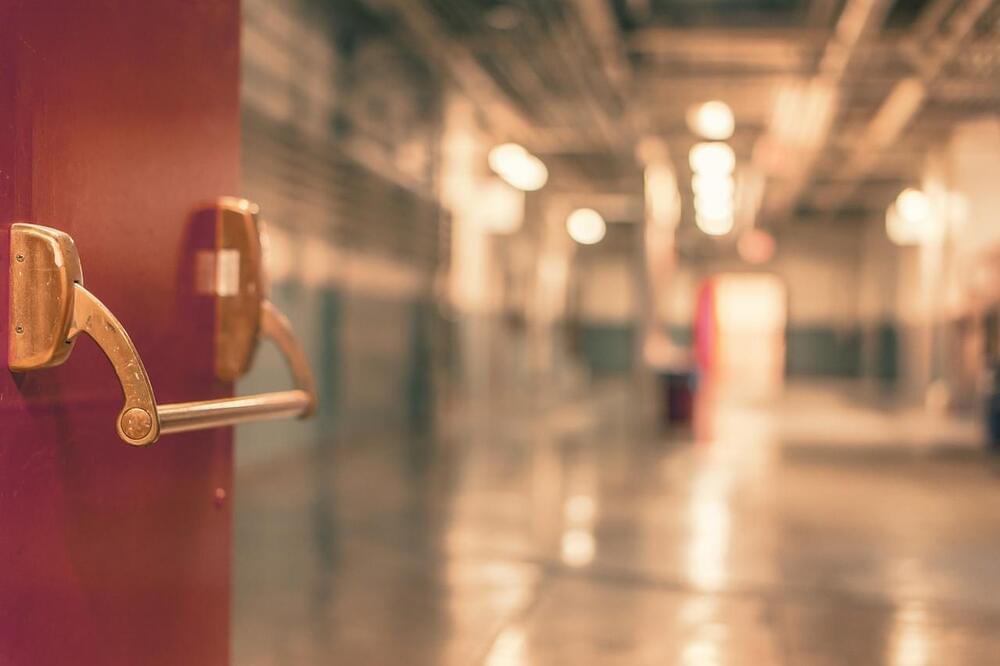So past the 7 minute mark we see a competing interest may have stumbled upon the same thing so Katcher and gang are starting a company to commercialize E5.
Here we review a preprint from Dr Katcher and Dr Horvath giving more detail on the experiments which showed a 54% epigenetic rejuvenation in rats and reveals the source of E5 and the processing involved.
Renue By Science 10% : https://tinyurl.com/35jyuk33
Lipo NMN : https://tinyurl.com/3wr8pr3t.
Lipo Berberine: https://tinyurl.com/yckxfuhe.
DoNotAge 10% discount code MHS https://tinyurl.com/ycyn9vhn.
D3/K2/Mg : https://tinyurl.com/57awunvk.
Hydrolyzed Collagen Peptides: https://tinyurl.com/4736r9w7
ProHealth 15% discount with code MODERN https://prohealth.pxf.io/c/3176409/1541296/17976
Fisetin: https://prohealth.pxf.io/5gYJ53
CaAKG: https://prohealth.pxf.io/75OrA5
NOVOS Core & NOVOS Boost $5 off with code MODERNnow5 https://novoslabs.com/?ref=3957
☕If you would like to support our channel, we’d love a coffee…thank you! _https://www.buymeacoffee.com/mhealthspan_
*Bulletproof* 15% off with coupon code: HEALTHSPAN15: _https://tinyurl.com/4npjk5vp_
*SiPhox Health* 20% Code MODERN blood test (only in US & Canada) _https://siphoxhealth.com/discount/modern_
*Insidetracker* 20% discount Code MODERN20 _https://insidetracker.sjv.io/NkbP7V_
*Delavie Sciences* 10% Code Modern Age Defying Serum https://tinyurl.com/yp2jmhy8 Eye Refresh https://tinyurl.com/mt8knv3s.
*OmegaQuant* 5% discount Code MODERN _https://omegaquant.com/shop/_
00:00 Review of paper.



 עברית (Hebrew)
עברית (Hebrew)

